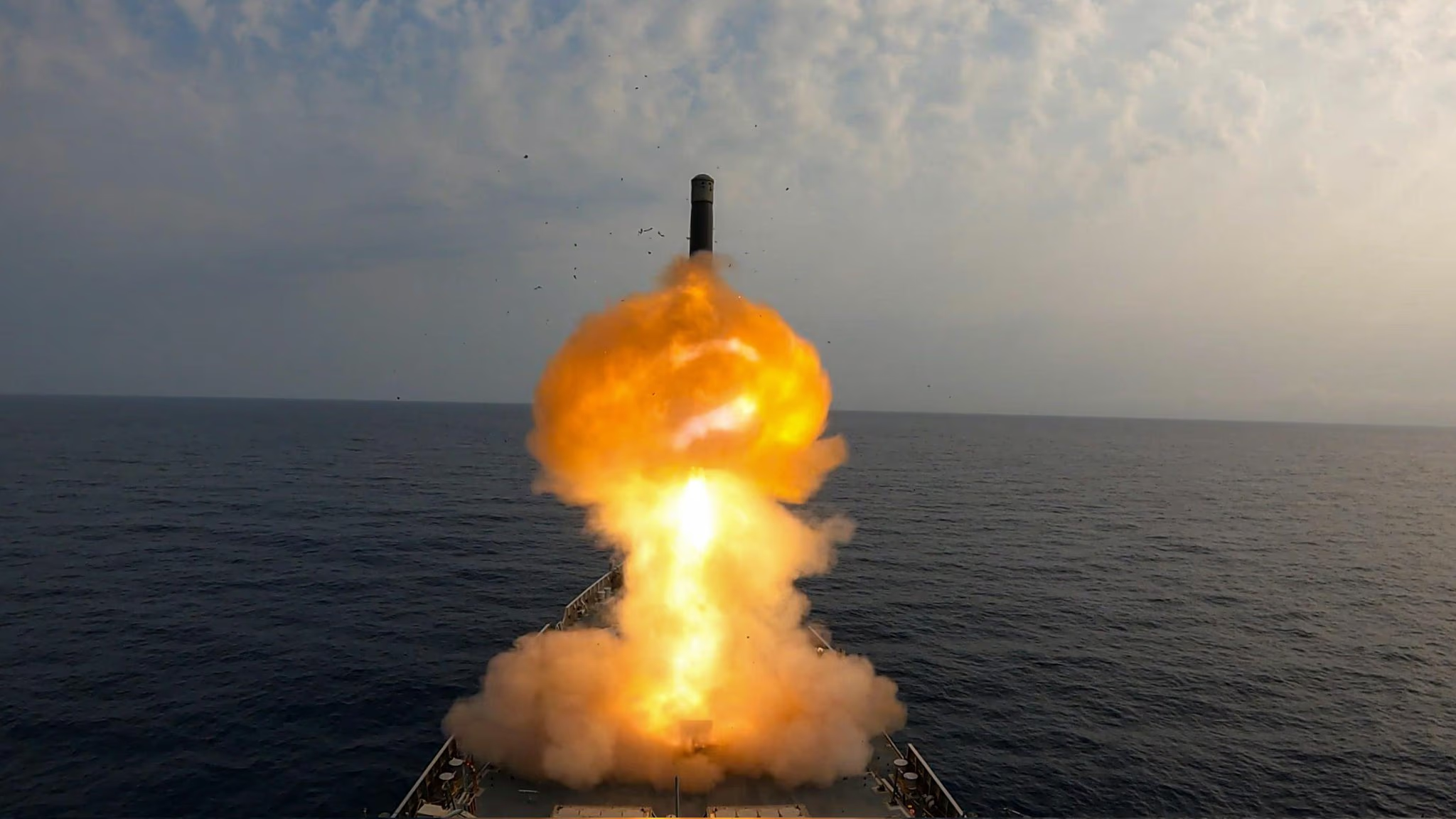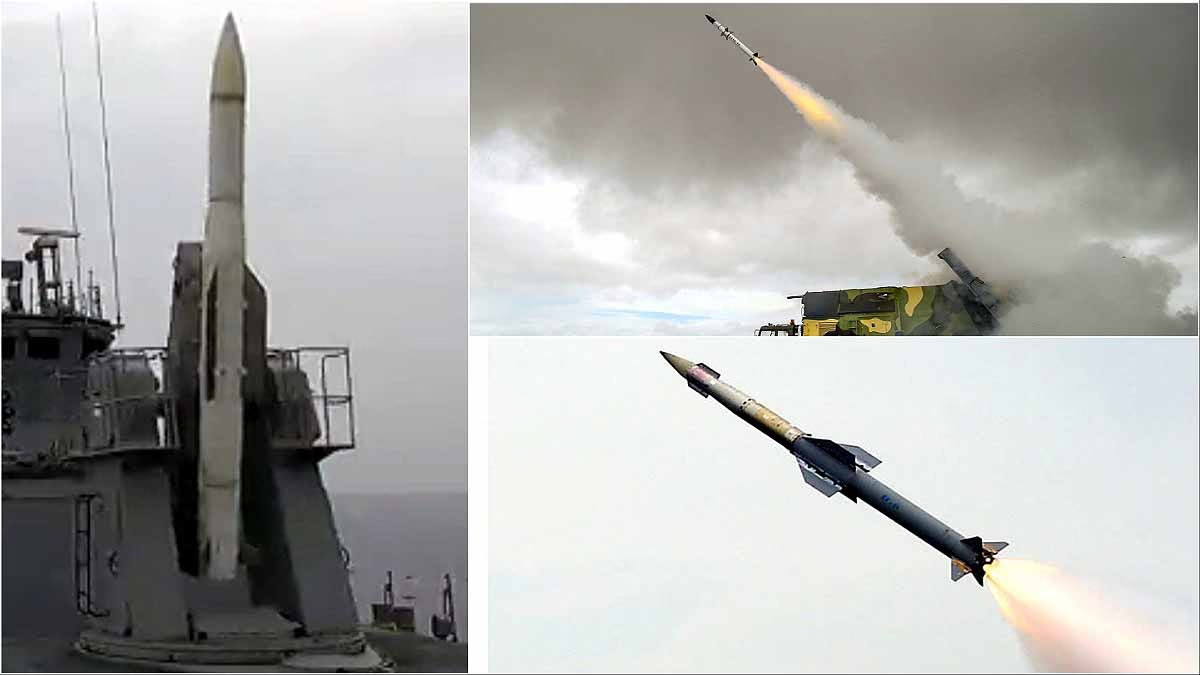In May 2025, India was shaken by a terrorist attack in Pahalgam, Jammu and Kashmir. This cowardly attack by Pakistan-backed terrorists on April 22 claimed 26 lives. In response, India launched Operation Sindoor, under which the Indian Armed Forces targeted and destroyed nine terrorist hideouts in Pakistan and Pakistan-occupied Kashmir (PoK).
The Indian Navy played a crucial role in this operation, effectively preventing Pakistani air elements from posing any threat to maritime security. The Navy released images and videos of the resources utilized in this operation, showcasing its effectiveness in curbing Pakistan's aggression.
22 April 2025:
Pakistan-backed terrorists attacked tourists and civilians in Pahalgam, marking one of the deadliest attacks since the 26/11 Mumbai attacks. This incident reinforced India's zero-tolerance policy against terrorism.
On 7 May, India commenced Operation Sindoor, which was a coordinated effort by the Indian Air Force, Army, and Navy to dismantle terrorist camps in Pakistan and PoK. This operation not only disrupted the terrorist infrastructure but also sent a clear message to Pakistan: that India will not tolerate any terror activities.
Pakistan retaliated on the night of 7-8 May by launching drone and missile attacks on 15 Indian military bases, including Srinagar, Jammu, Pathankot, and Amritsar. However, the integrated efforts of the Indian Navy, Air Force, and Army completely neutralized these attacks. The Navy, using its Carrier Battle Group and advanced air defense systems, rendered the Pakistani air elements ineffective within the maritime domain.

Source: aajtak
The Role of the Indian Navy: Air Defense Mechanisms in Operation Sindoor
Immediately after Operation Sindoor was launched, the Indian Navy demonstrated its anti-missile and anti-aircraft defense capabilities. The Navy employed a cross-platform cooperative mechanism based on its comprehensive layered fleet air defense system. This system enabled rapid and long-range neutralization of threats, differentiating between commercial, neutral, and hostile aircraft or flying objects.
1. Carrier Battle Group (CBG)
The Indian Navy's Carrier Battle Group is the first layer of this layered air defense system. It includes INS Vikrant, India's indigenous aircraft carrier, and its integral air wing. The CBG was equipped with numerous MiG-29K fighter jets and airborne early warning helicopters, intercepting any suspicious or hostile aircraft from hundreds of kilometers away.

Source: aajtak
2. Surface Forces and Submarines
Along with the carry battle group, the Navy also deployed its Surface Forces, such as Kolkata-class destroyers, and submarines at full combat readiness. These forces provided the second layer of surveillance and defense in the maritime domain. The Kolkata-class destroyers, equipped with advanced Barak-8 missile systems, played a vital role in neutralizing drone and missile threats.
Weapons Drills:
Within 96 hours of the terrorist attack, the Navy conducted several weapons drills at sea, refining strategies and procedures. These drills further strengthened naval readiness and operational capabilities.
3. Aviation Resources
The Navy's aviation resources, such as MiG-29Ks and helicopters, significantly contributed to airspace monitoring and threat identification. The airborne early warning helicopters ensured real-time tracking of threats, enabling the Navy to respond swiftly.

Source: aajtak
Countering Pakistani Aggression
In retaliation to Operation Sindoor, Pakistan launched drone and missile attacks on Indian military bases using Chinese PL-15 air-to-air missiles. The Indian Navy and Air Force's integrated air defense system completely neutralized these attacks. The Navy's carrier battle group and surface forces constrained Pakistani air elements close to their shores, preventing any potential threat.
Retaliatory Measures in Lahore:
Indian forces dismantled Pakistani air defense systems in Lahore, utilizing Israeli Harpy drones and possibly S-400 missiles. This action dealt a severe blow to Pakistan's defense capabilities.
Cyber Attacks:
Following the Pahalgam attack, Pakistan executed 15 million cyber attacks, but only 150 succeeded, highlighting India's robust cyber defense.
On 13 May 2025, the Indian Navy released images and videos of the resources employed during Operation Sindoor. The visuals included glimpses of INS Vikrant, MiG-29K fighter jets, Kolkata-class destroyers, and airborne early warning helicopters.
Vice Admiral A.N. Pramod remarked that following the cowardly assault on innocent tourists in Pahalgam, the Indian Navy promptly deployed its carrier battle group, surface forces, submarines, and aviation resources with complete combat readiness.
India's Strategic Superiority
The role of the Indian Navy in Operation Sindoor demonstrated India's strategic superiority. The Navy countered Pakistan in the following ways:
Maritime Dominance: The presence of the CBG deterred the Pakistani Air Force from conducting activities in the maritime domain.
Technological Advancement: Advanced resources like the Barak-8 missile system and MiG-29K enabled the Navy to tackle multi-dimensional threats effectively.
Strategic Restraint: India limited its response to terrorist infrastructure, avoiding broader conflict.




